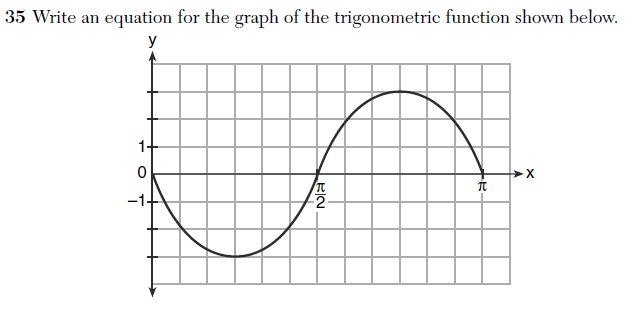Raising the score:
Two days ago I resumed playing Mahjong Titans. I started applying my new knowledge of the rules: that you
score bonus points for matching two pairs at once. (You see, I don't even know the rules, I'd rather learn as I play.) This is yielding higher scores (when I win) :
#1 top score in Spider (14th April; won 2 of 4 new games played since the 13th),
#1 (14th April) and #3 (13th April) in Crab (won 2 of 3 new games played)
and
#3 in Fortress (this is 1 of 1 new game played, 13th April, possibly without the new rule.)
I expect that all, not just most of, my new wins will displace the old wins at the top, as soon as I've won about five more games in each.
How to win at Turtle, modified:
Then again, my previous posts were about winning at the game (which is not the same thing as scoring high, but related.) I learned a new idea about winning at turtle too: ignore the two long rows (which I'd named "the feet") at the top and bottom of the layout. Focus heavily on the middle (head, shell-top, to tail) since there are so many more tiles packed in this region than at the feet (even if the feet have long rows.) I think it's working. When I've tested it a bit more, I'll officially modify my rule book.
Improved or not? Two more tests.
Criticizing Method One:
In
the previous post, I glanced at the plots of top 5 scores for each layout and declared that those that were going up and to the right were "improving" and so on. I concluded that Turtle and Crab had a weak outlook, Cat and Spider were possibly stagnant, while Dragon and Fortress were strongly improving. But this was a messy and inconsistent measure. Turtle was up and down and up again, making the slope rather meaningless. Spider may have pointed down, not improving, but with such a slight slope (and small range; all the top five scores packed into three months) that it's hard to tell. And so on. Like I said, messy and inconsistent.
Method Two, are the wins recent or early?
Think about what it means that only three of the top five scores in Turtle came in or after Oct 2011, with the other two long time ago in Dec 2010 and Jan 2011. That means nearly all the winning scores in Turtle (28-3 of them) came in Sept 2010 - Aug 2011, the early period, while only 3 were in Sept 2011 - Jan 2012. That is a lot of early wins; remember that I played more and won more Turtle than any other layout.
In fact, let's try to see a new win/early win breakdown for each layout. Put September 2011 as the cut-off.
WINS New + Early New % (of total wins)
Turtle 3 + 25 11%
Cat 4 + 9 31%
Crab 4 + 9 31%
Fortress 3 + 10 23%
Spider 5+ + 9- 36% or higher
Dragon 4 + 9 31%
This makes the point I wish to make better: If play was for 16 months of which 11 are termed "early", then wins spread randomly will give 5/16 in the new period (or about 31%). By this measure, Cat, Crab, and Dragon showed flat performance, a win distribution consistent with no improvement / no degradation. Spider showed improvement, while performance in Fortress got poorer. Turtle showed a marked degradation in performance.
Method 3: Let's look at this another way, when did the top 5 scores occur, on average?
Top 5
(Average of the dates in which the top five scores were attained in each layout)
Turtle 7/8/2011
Cat 8/7/2011
Fortress 9/23/2011
Crab 9/25/2011
Dragon 11/2/2011
Spider 12/5/2011
ALL : 9/21/2011
Answer: Early in Turtle and Cat, same as random in Fortress and Crab, recently in Dragon and Spider.
This suggests Turtle and Cat performance worsened, while Dragon and Spider improved.
TO SUMMARIZE an analysis of my progress in different layouts of Mahjong over 200 games, 6 layouts, and 1 1/2 years:
Above are linear regression lines for the top five scores in each layout. The average date at top 5, or midpoint of the line, is more important than the slope of the line. From bottom (early) to top (new) along the 3 mark, that gives clearly Turtle, Cat, Crab/Fortress , then Dragon, then Spider. To decide the near-tie between Crab and Fortress, consider that Crab points down (degrading performance) while Fortress clearly points up (improving). Hence
Turtle, Cat, Crab, Fortress, Dragon, Spider.
That's my answer and I'm sticking with it!
Coming up: An introduction to topology, a proof that women cheat, and more games, particularly my unsolvable computer solitaire. Meanwhile, try Mahjong Titans and tell me your results.






































